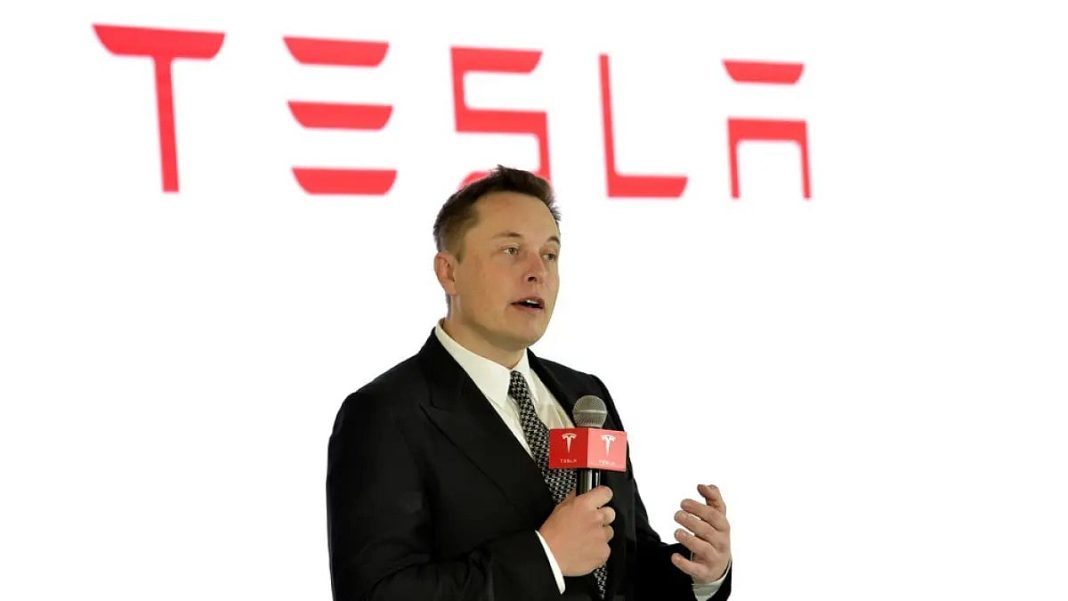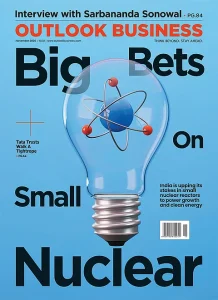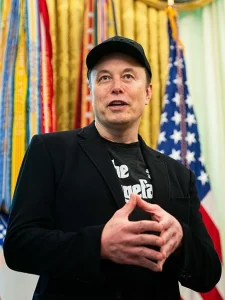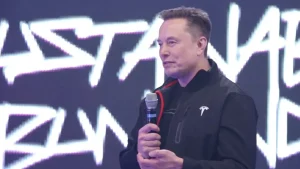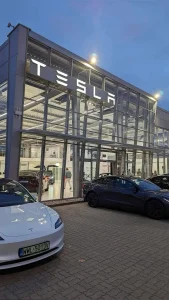Tesla CEO Elon Musk Confirms AI5 Chip Design Nears Completion, AI6 Work Begins
Key Takeaways:
- Tesla’s next-generation AI5 chip is close to final design completion
- Work has already begun on the AI6 successor chip
- Both Samsung and TSMC will manufacture the chips in a dual-sourcing strategy
- Elon Musk targets 12-month production cycles for new chip designs
Tesla is nearing completion of its next in-house AI chip design, AI5, and has already started development on the AI6 successor. CEO Elon Musk confirmed the aggressive timeline, targeting a new chip design reaching production every 12 months to meet Tesla’s massive computing needs for vehicles and data centers.
The company revealed that both Samsung and TSMC will manufacture Tesla’s chips through a dual-sourcing strategy. This approach ensures the enormous volumes required for Full Self-Driving capabilities and data-center deployments while reducing supply chain risks.
Aggressive Development Timeline
Musk announced on X that AI5 is “close to taping out” while AI6 design work has already commenced. The Tesla CEO projected that the company’s chip production volumes would ultimately exceed “all other AI chips combined.”
Samsung secured a $16.5 billion agreement earlier this year to produce AI semiconductors for Tesla, while Musk confirmed TSMC’s Arizona facility will also manufacture variants of the same designs.
Chip Performance and Applications
Tesla’s custom AI chips will power multiple applications:
- Advanced driver assistance and Full Self-Driving in vehicles
- Humanoid robot computing
- Cloud and data-center workloads
Musk has set ambitious performance targets, claiming AI5 will be approximately 40 times faster than the current AI4 platform in Tesla vehicles. The AI6 chip aims for about twice the performance of AI5.
Despite slightly different physical implementations from the two foundries, Tesla confirmed its software will run identically on both variants.
Dual-Sourcing Strategy Benefits
Tesla’s decision to split production between Samsung’s Taylor, Texas facility and TSMC’s Arizona fab addresses the scale and risk of the company’s ambitions. This dual-sourcing approach:
- Reduces single-factory bottlenecks
- Provides volume insurance if one supplier faces production issues
- Gives Tesla better negotiation leverage
Musk noted equipment differences between the facilities, describing Samsung’s Taylor site as “slightly more advanced” but emphasized both suppliers will continue manufacturing future chip generations.
Technical Challenges and Timeline
Achieving 40x performance improvement over current automotive chips would represent an extraordinary leap, likely requiring architectural innovation, advanced process nodes, and software co-design.
The success of Tesla’s annual production cadence depends on multiple factors including tape-out completion, wafer yields, packaging supply, and factory ramp schedules. Any delays at the foundries could push timelines into 2026-2027 or beyond.
While Musk has positioned AI5 as the immediate production target with AI6 following approximately a year later, Tesla has not released detailed specifications, tape-out dates, or firm production schedules. The industry will monitor updates on engineering samples, yield reports, and early performance metrics from deployed hardware.


